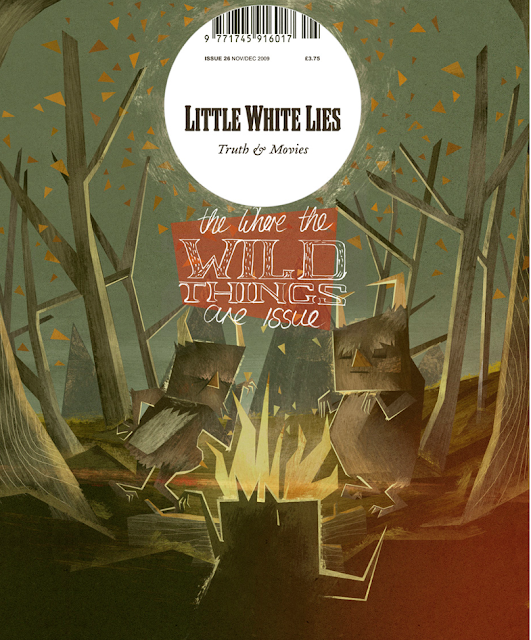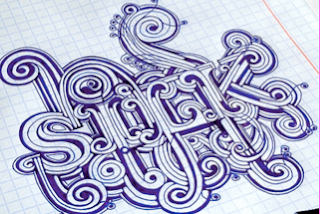In this task I am to write myself 10 questions to identify myself
1) What is you favourite City?
- This would most properly have to be Brighton. I spent a year there and met people who are today my best friends. I have great intention to move back there in the future.
2) Your learning to be a Graphic Designer; if anything what would you do if not that?
- I've always been a very keen photographer but have been slacking recently due to a heavy work load!
3) What are your means of transport?
- I walk everywhere, I past my driving test the day I moved to Leeds but haven't been near a car since. I never really use taxis either as its a good way to save money. I hope to get a bike some day soon. I have one at home but can't be bothered to bring it all the way up north. The next time my parents come up I will make sure they bring it.
4) On a night out, what do you like to do?
- I'm very much a pub man, I can't stand clubs unless its a 60s night which doesn't seem to happen up here. I love gigs and small venues with my friends. More sociable
5) What is you favourite genre in music?
- I'm really in to my 60s Garage rock and todays garage rock, I'm a fan of 70s rock to.
6) What is you D.O.B
-23/4/92, That makes me 19 nearly 20
7) Favourite Hobby/Past Time?
- I love my rollerblading too much, its made me who I am today, its brought me to meet my greatest friends and taken my around the UK and parts of Europe.
8) What is your favourite food?
-Mum's spagetti bolognese. But I'm not too fussy, I like eating in general.
9) What is your favourite drink?
- Fanta Fruit Twist,. Strawberry ribena & beer
10) Finally, what would be your Perfect holiday
-It would have to evolve a lot of concrete, hot weather and a beach with my skating friends. Somewhere like Barcelona or even Paris (obviously paris has the beach). My dream is to go to Cailfornia. I went to the states when I was 4 and can't remember anything.
And finally 3 pieces of design that relate to you:


















































































